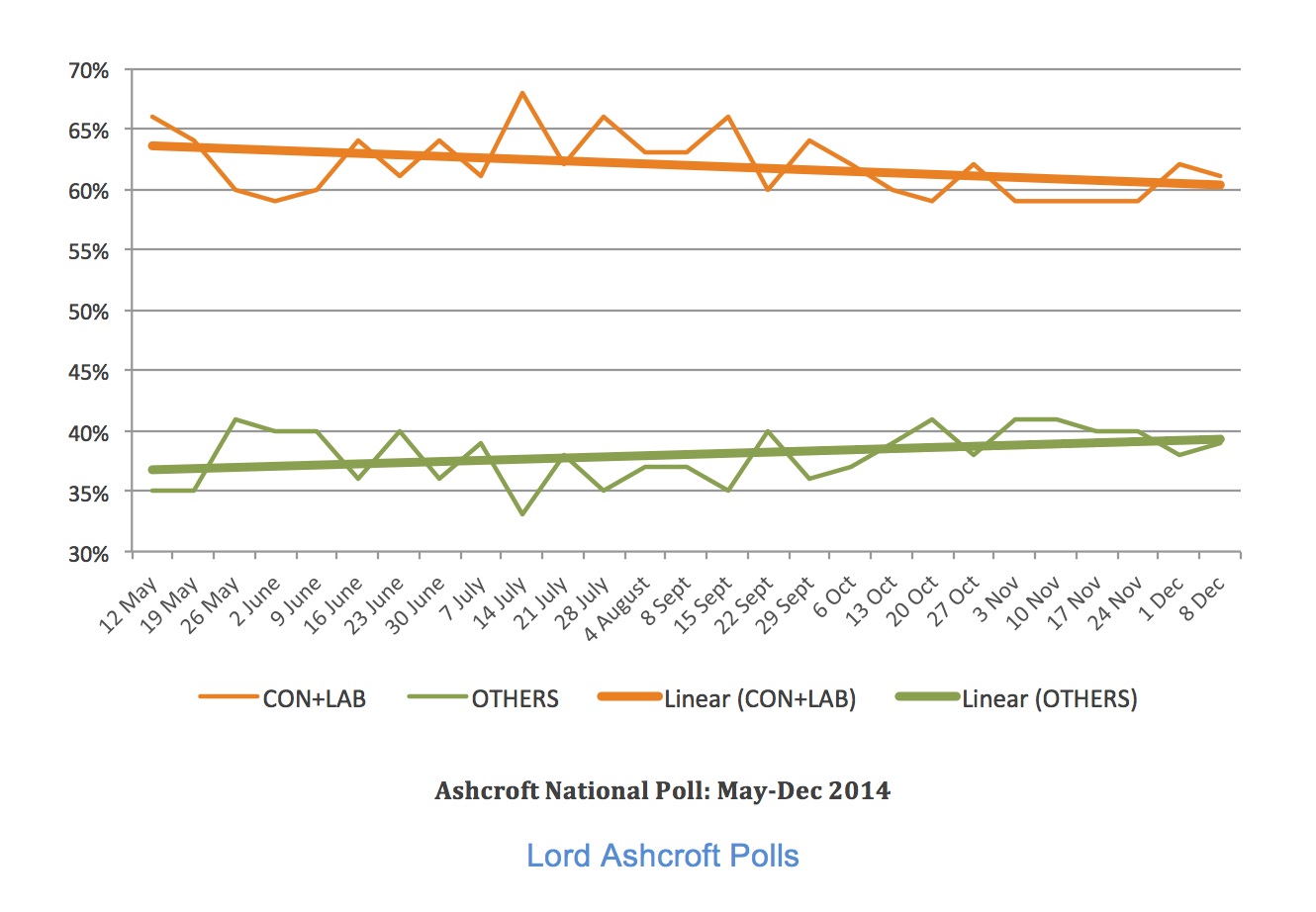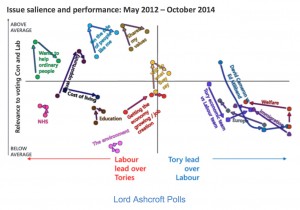The total number of by-elections during 2014 at 271 was slightly down
on 2010, the same period in the electoral cycle, although vacancies then
may have been boosted by councillors resigning their seats on becoming
MPs in the General Election. The number of seat changing hands is
consistently close to 30%.
The nomenclature has also been altered to reflect the annual May elections this year were a couple of weeks later than normal.
Where
"double" elections were held in May, the candidate with the higher vote
was assumed to have won the annual election and the runner up the
by-electiion.
All figures exclude deferred and delayed elections including Exeter and Norwich in 2010.
The
Conservative and Independents were the main net losers during 2014
although on a relatively limited scale at least as far as the
Conservatives are concerned being both the largest councillor base and
also in Government. UKIP and the Liberal Democrats were the biggest
gainers, particularly UKIP from May onwards. Labour's gains were offset
by the losses to give a net nil.
There were 141 by-elections for 142 seats during the 7 months June to
December 2014 with 49 (35%) changing hand or 47 (33%) excluding 2
Lincolnshire Independent (classed as a Resident Group) gains from
Independent. The results can be summarised by:
| Party | Candidates | Defended | Retained | Gained | Lost | Won | retention rate |
| Conservatives | 138 | 48 | 35 | 10 | 13 | 45 | 73% |
| Labour | 125 | 47 | 39 | 9 | 8 | 48 | 83% |
| Liberal Democrats | 83 | 14 | 8 | 9 | 6 | 17 | 57% |
| SNP | 8 | 4 | 2 | 3 | 2 | 5 | 50% |
| Plaid Cymru | 4 | 1 | 1 | 1 |
| 2 | 100% |
| UKIP | 113 | 6 | 2 | 8 | 4 | 10 | 33% |
| Green | 63 | 2 | 1 | 1 | 1 | 2 | 50% |
| Resident Groups * | 8 | 3 |
| 3 | 3 | 3 | 0% |
| Independents ** | 59 | 16 | 5 | 5 | 11 | 10 | 31% |
| Social Democrat | | 1 |
|
| 1 |
| 0% |
| No Description | 4 |
|
|
|
|
|
|
| BNP | 2 |
|
|
|
|
|
|
| Christian People's Alliance | 1 |
|
|
|
|
|
|
| English Democrats | 3 |
|
|
|
|
|
|
| Liberal | 1 |
|
|
|
|
|
|
| Mebyon Kernow | 2 |
|
|
|
|
|
|
| TUSAC | 13 |
|
|
|
|
|
|
| Others *** | 5 |
|
| |
|
|
|
| Total | 632 | 142 | 93 | 49 | 49 | 142 | 65% |
*
Lincolnshire Independent, Canvey Island Independent, Derwentside
Independent and Llandaff North Independent, Its Our County
(Herefordshire), Community Action (Wigan) as well as Mansfield
Independent Forum
** 59 Independents contested 43 seats
*** 1 each for British Democrats, Blue, Justice, OMRLP and Patriotic Socialist
The
Conservatives contested all but 4 or 97% of the seats, Labour 88% and
the Liberal Democrats 58% with UKIP contesting 80% and Greens 44%.
Although 49 seats changed hands during the seven months, just 15 were between Conservatives, Labour and Liberal Democrats
- Conservatives gained Cornwall: Mevagissey and Melton: Asfordby from Labour
together with Broadland: Wroxham, Somerset: Frome North and Wokingham: Bulmershe from Liberal Democrats
-
Labour gained Charnwood: Thurmaston and Crawley: Southgate from the
Conservatives and Craven: Skipton West from the Liberal Democrats
-
Liberal Democrats gained Cornwall: Illogan, Epping Forest: Hemnall,
Guildford: Lovelace and Maidstone: Staplehurst from the Conservatives
together with Aylesbury Vale: Southcourt, Cambridge: Queen Edith's and York: Westfield from Labour
Conservatives
gained a total of 10 seats - 2 from Labour, 3 from Liberal Democrats, 2
fromUKIP, 2 from Independent and 1 from Green
- losing a total of 13
- 2 to Labour, 4 to Liberal Democrats, 3 to UKIP and 1 each to SNP,
Independent, Green and Its Our County
They gained 3 County Council
seats - Essex: Brightlingsea (UKIP), Gloucestershire: Mitcheldean (Ind)
and Somerset: Frome North (Lib Dem)
* along with 3 Unitary -
Cornwall: Mabe, Perranarworthal & St Gluvias (UKIP), Cornwall:
Megavissey (Lab) and and Wokingham: Bulmershe (Lib Dem)
* 4 District -
Broadland: Wroxham (Lib Dem), East Cambridgeshire: Soham South (Ind),
KingsLynn & West Norfolk: Airfield (Green) and Melton:Asfordby (Lab)
They
lost 5 Unitary seats - Cornwall:Illogan (Lib Dem), Herefordshire:
Ledbury (Its Our County), Herefordshire: Leominster South (Green),
Medway: Peninsula (UKIP) and Telford & Wrekin: Newport West (Ind)
*
7 District - Charnwood: Thurmaston (Lab), Crawley: Southgate (Lab),
Epping Forest: Hemnall (Lib Dem), Guildford: Lovelace (Lib Dem),
Maidstone: Staplehurst (Lib Dem), Shepway: Folkestone Harvey Central
(UKIP) and Swale: Sheppey Central (UKIP)
* together with 1 in Scotland - Aberdeenshire: Troup (SNP)
Labour
gained a total of 9 seats - 2 from Conservatives, 1 from Liberal
Democrat, 2 from UKIP, 1 from SNP, 1 from Independent and 2 from
Resident Groups
- losing a total of 8 - 2 to Conservatives, 3 Lto iberal Democrats and 1 each to UKIP, SNP and Independent
They gained 2 Unitary seats - Durham: Crook (Ind) and Durham: Burnopfield & Dipton (Derwentside Ind)
*
5 District - Charnwood: Thurmaston (Con), Craven: Skipton West (Lib
Dem), Crawley: Southgate (Con), Mansfield, Netherfield (Mansfield Ind
Forum) and Redditch: Church Hill (UKIP)
* together with 1 in Scotland and 1 in Wales - South Lanarkshire: Clydesdale South (SNP) and Merthyr Tydfil: Pennydarren (UKIP)
They
lost 1 Metropolitan and 2 Unitary - Doncaster: Edenthorpe, Kirk Sandall
& Barnby Dun (UKIP), Cornwall: Megavissey (Con) and York: Westfield
(Lib Dem)
* 3 District - Aylesbury Vale: Southcourt (Lib Dem), Cambridge: St Edith's (Lib Dem) and Melton: Asfordby (Con)
* together with 1 in Scotland and 1 in Wales - Moray: Elgin City North (SNP) and Swansea: Uplands (Ind)
Liberal Democrats gained a total of 9 seats - 4 from Conservatives, 3 Labour and 2 Independents
- whilst losing a total of 6 - 3 to Conservatives and 1 each to Labour, UKIP and Independent
They
gained 4 Unitary Seats - Cornwall: Illogan (Con), York: Westfield
(Lab), Northumberland: Longhoughton (Ind) and Rutland: Whissendine (ind)
*
5 District - Aylesbury Vale: Southcourt (Lab), Cambridge: St Edith's
(Lab), Epping Forest: Hemnall (Con), Guildford: Lovelace (Con) and
Maidstone: Staplehurst (Con)
They lost 2 County Council seats and 1
Unitary - North Yorkshire: Skipton West (Ind), Somerset: Frome North
(Con) and Wokingham: Bulmershe (Con)
* 3 District - Broadland: Wroxham (Con), Craven: Skipton West (Lab) and Worthing: Castle (UKIP)
UKIP
gained a total of 8 seats - 3 from Conservatives, 2 from Independents
and 1 each from Labour, Liberal Democrats and Social Democrat Party
- whilst losing a total of 4 seats - 2 to Conservatives and 2 to Labour
They gained 2 Metropolitan seats - Doncaster: Edenthorpe, Kirk Sandall & Barnby Dun (Lab) and South Tyneside: Westoe (Ind)
*
1 County Council and 2 Unitary - Lincolnshire: Stamford North (Ind),
East Yorkshire: Bridlington Central & Old Town (SDP) and Medway:
Peninsula (Con)
* 3 District - Shepway: Folkestone Harvey Central (Con), Swale: Sheppey Central (Con) and Worthing: Castle (Lib Dem)
They
lost 4 - Cornwall: Mabe, Perranarworthal & St Gluvias (Con), Essex:
Brightlingsea (Con), Merhyr Tydfil: Pennydarren (Lab) and Redditch:
Church Hill (Lab)
Independents gained 5 seats in total - 1 each from Conservative, Labour, Liberal Democrat, SNP and Canvey Island Independent
-
whilst losing a total of 11 - 2 each to Conservative, Liberal Democrat,
UKIP and Lincolnshire Independent as well as 1 each to Labour, Plaid
Cymru and SNP
They gained 1 County Council and 1 Unitary - North
Yorkshire: Skipton West (Lib Dem) and Telford & Wrekin: Newport West
(Con)
* 1 District - Castle Point: Canvey East (Canvey Island Independent)
*
together with 1 in Scotland and 1 in Wales - Argyll & Bute: Oban
North & Lorn (SNP) but subsequently lost in second by-election and
Swansea: Uplands (Lab)
They lost 1 Metropolitan and 2 County Council -
South Tyneside: Westoe (UKIP), Gloucestershire: Mitcheldean (Con) and
Lincolnshire: Stamford North (UKIP)
* 3 Unitary - Durham: Crook (Lab), Northumberland: Longhoughton (Lib Dem) and Rutland: Whissenden (Lib Dem)
*
3 District - East Cambridgeshire: Soham South (Con), North Kesteven:
Quarrington & Mareham (Lincs Ind) and North Kesteven: Westholme
(Lincs Ind)
* together with 1 in Scotland and 1 in Wales - Argyll
& Bute: Oban North & Lorn (SNP) in second by-election and
Carmarthenshire: Trelech (Plaid Cymru)
Resident Groups gained
Herefordshire: Ledbury (Its our County from Con), North Kesteven:
Quarrington & Mareham (Lincs Ind from Ind) and North Kesteven:
Westholme (Lincs Ind from Ind)
- but lost Castle Point: Canvey East
(Canvey Island Ind to Ind), Durham: Burnopfield & Dipton
(Derwentside Ind to Lab) and Mansfield: Netherfield (Mansfield Ind Forum
to Lab)
Greens gained Herefordshire: Leominster South (Con) but lost Kings Lynn & West Norfolk: Airfield (Con)
Social Democrat Party lost East Yorkshire: Bridlington Central & Old Town (UKIP)
SNP regained Argyll & Bute: Oban North & Lorn (Ind), gained Aberdeenshire: Troup (Con) and Moray: Elgin City North (Lab)
- but losing Argyll & Bute: Oban North and Lorn (Ind) in first by-election and South Lanarkshire: Clydesdale South (Lab)
whilst Plaid Cymru gained Carnarthenshire: Trelech (Ind)
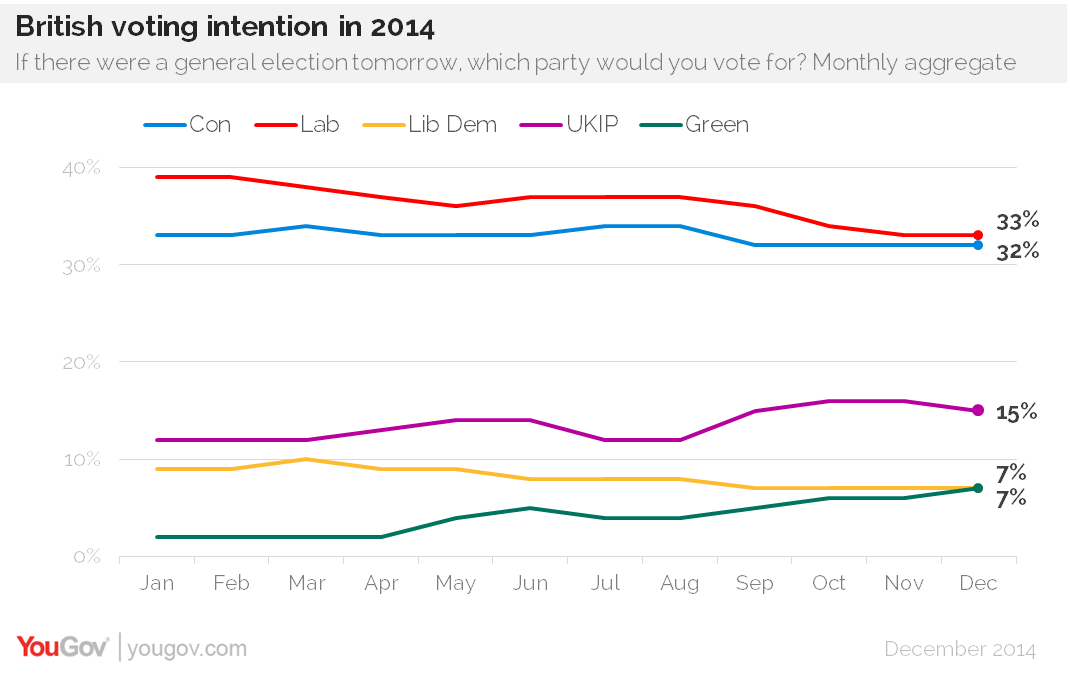
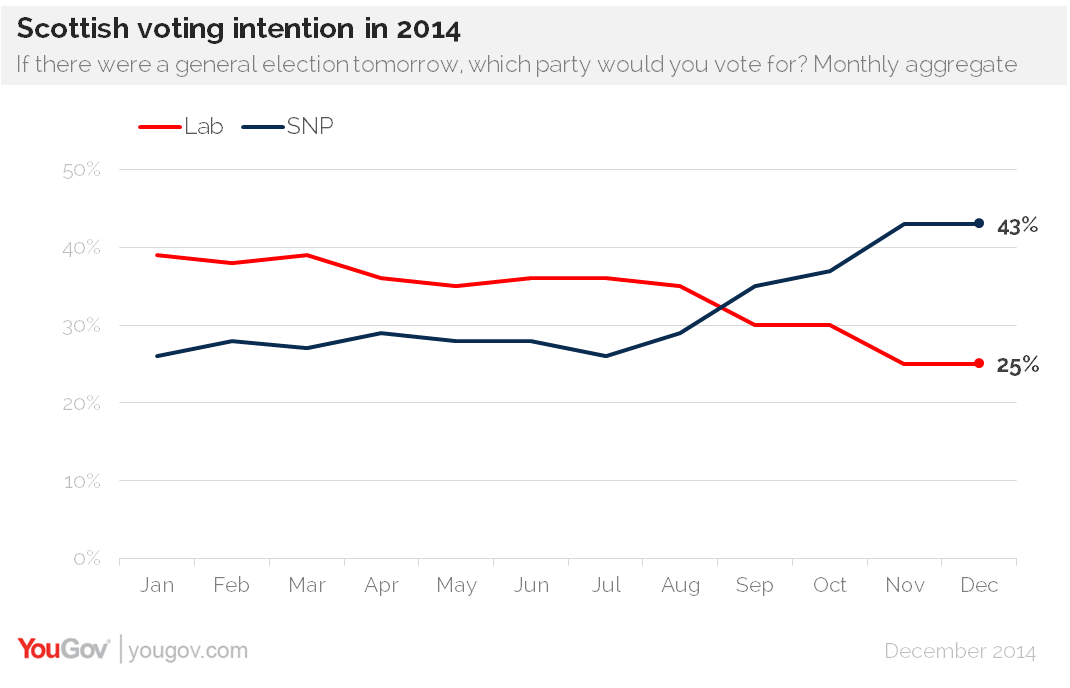
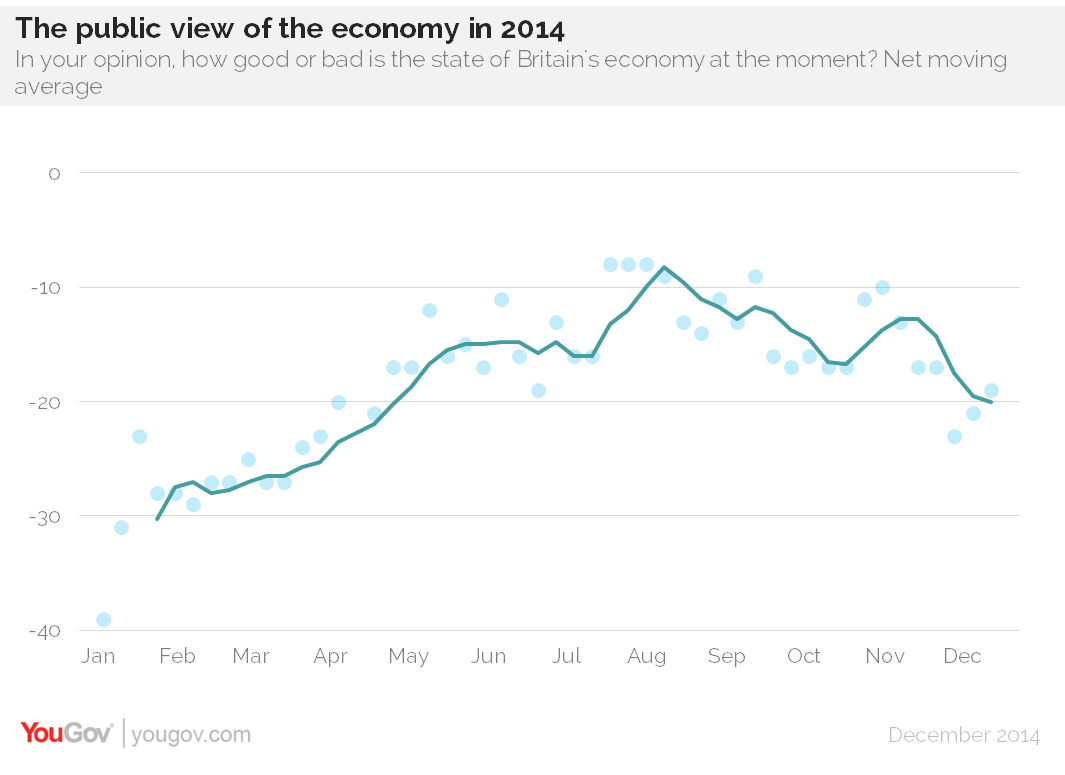
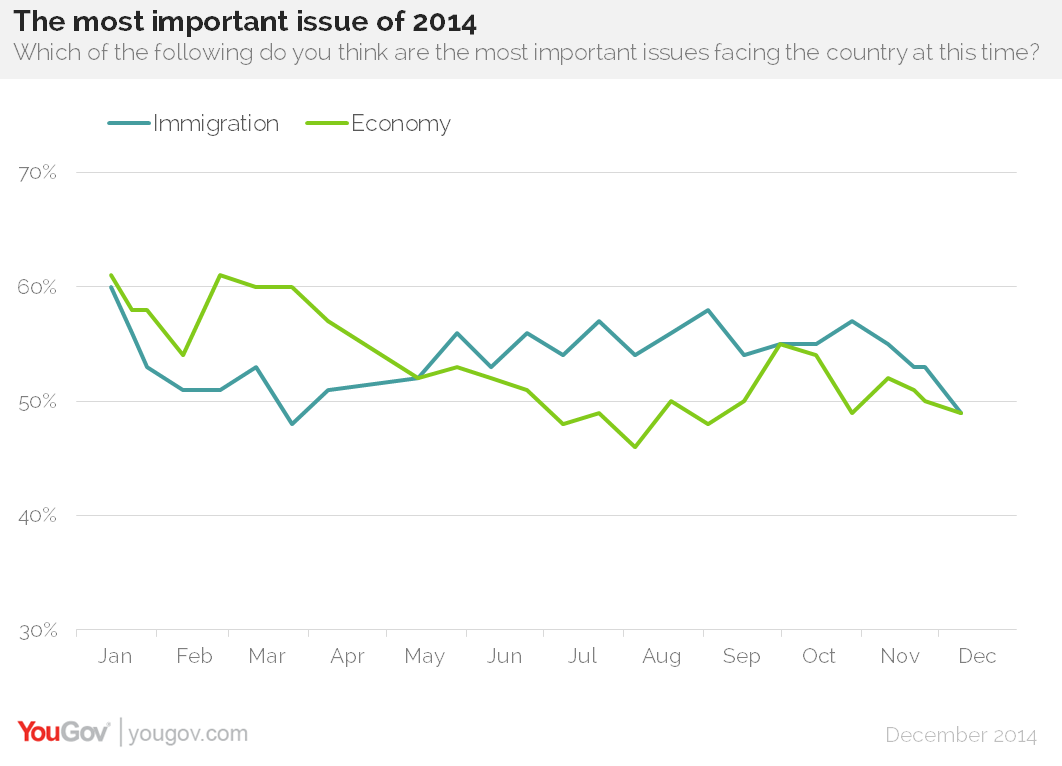
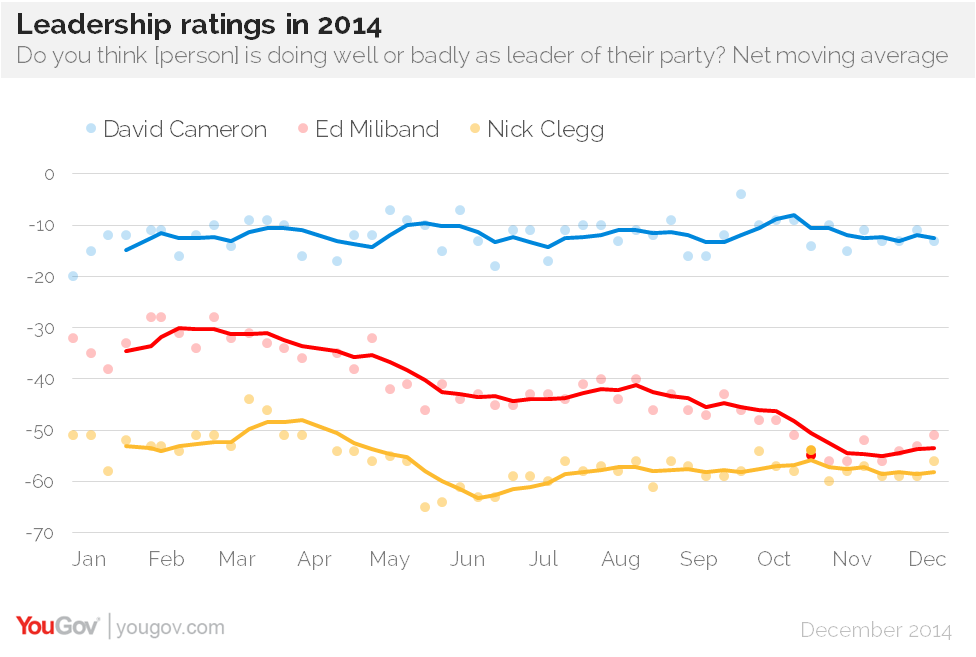
 source
source 